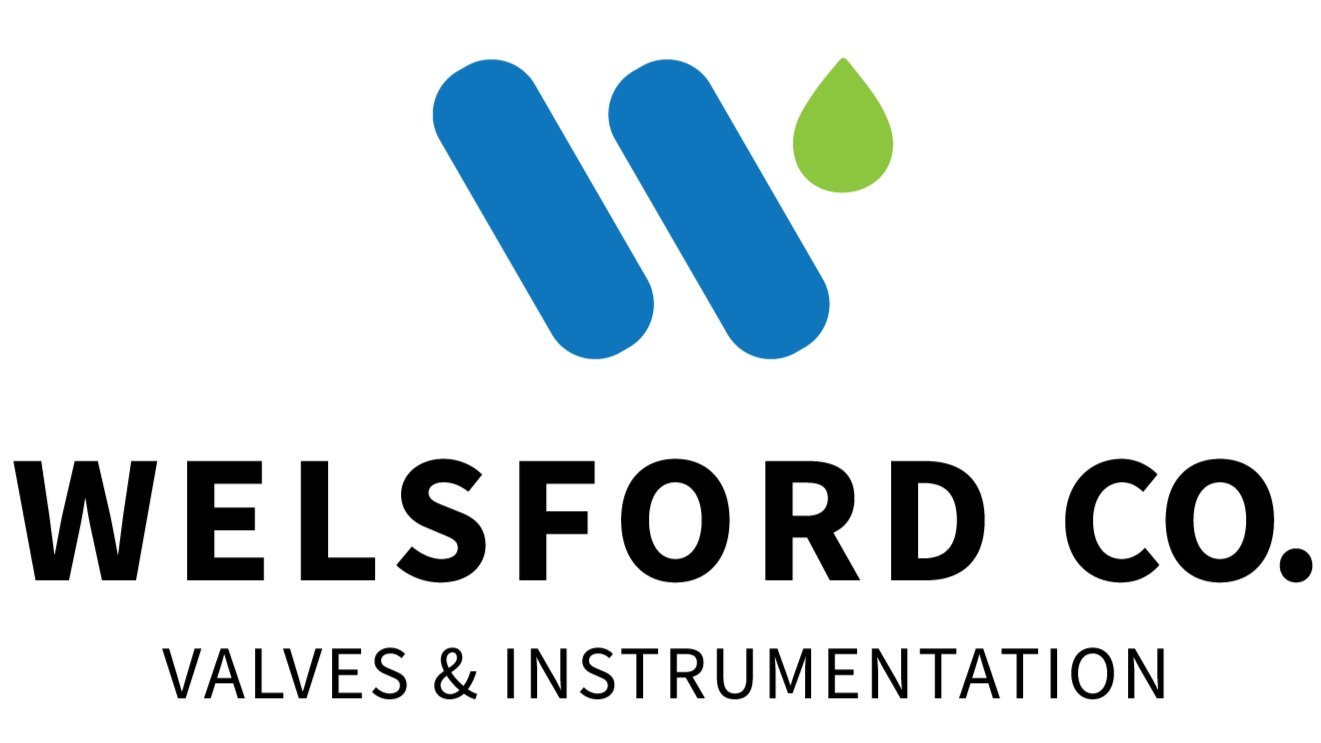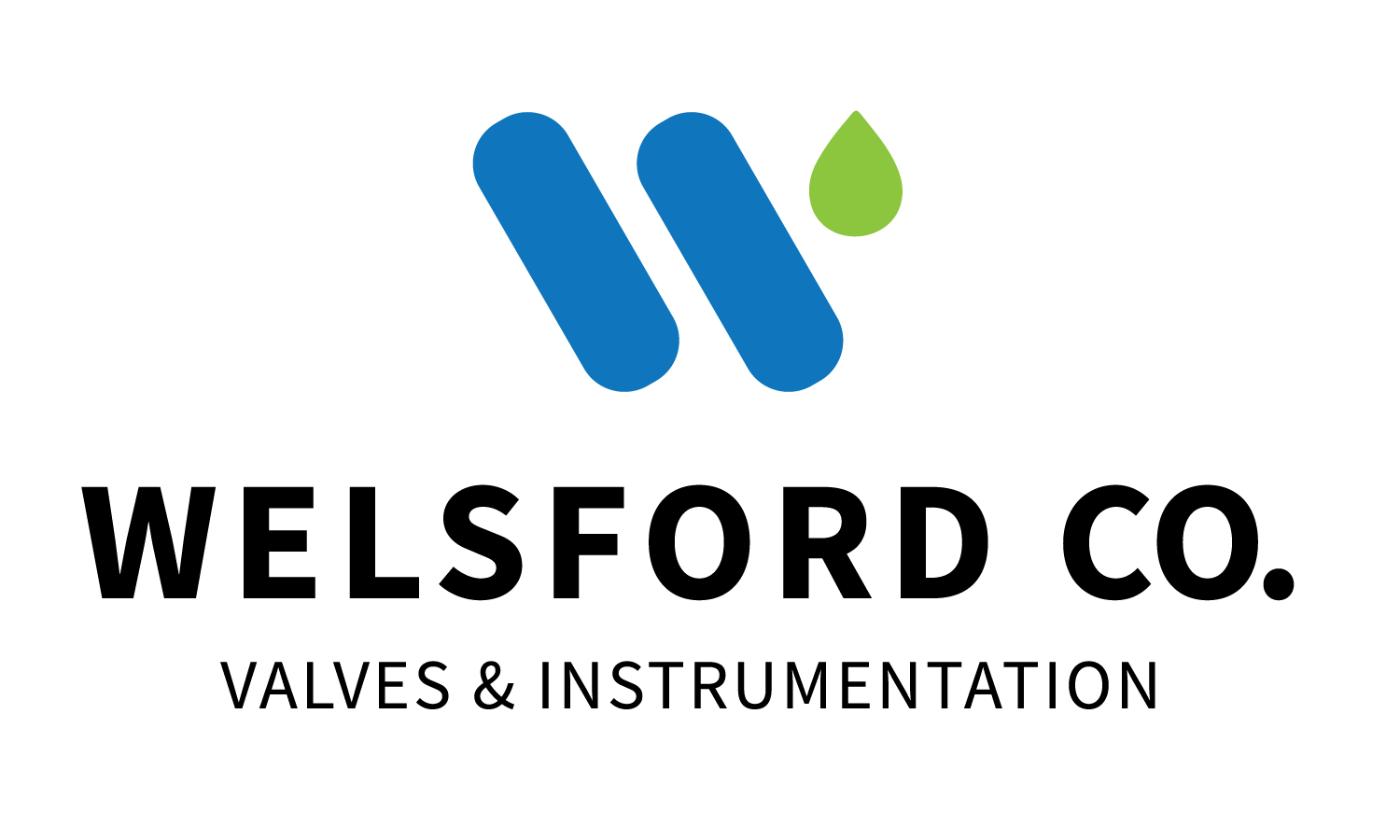Knowlege is the base of our business and we love to share that knowledge with as many people as possible
Browse our published articles and blog posts we have written below
Featured Story – The versatility of check valve
A check valve - also known as a non-return valve or a one-way valve - allows the flow of fluid in only one direction. The entry and exit ports of a check valve are predefined. Unlike most valves, installation is only possible in one flow direction.
Types of Check Valves and Their Industrial Applications
Check valves are indispensable safety components, used in industrial and residential piping systems to provide directional control of fluids. These valves are specifically designed to facilitate fluid flow in one direction, and restrict fluid flow in the opposite direction. Preventing fluid backflow protects critical piping equipment, such as pumps, from damage by pressure surges or hydraulic hammers.
Not all valves are equal: Picking the right material for the job
Selecting the right valve materials for an application is crucial for the success of the application.
Using an Actuated Ball Valve Or a Solenoid Valve For Best Fluid Control In The System
Both ball valves and solenoid valves serve a wide variety of applications. From a 3 way ball valve to a gas solenoid valve, one can find them employed anywhere from the domestic to the industrial sectors. When contemplating the decision between these two categories of valves, many considerations should factor into the evaluation including actuation arrangement, power supply, size, pressure, speed, materials of construction, and failure mode to name a few.
Mistakes in Valve Application You Can’t Afford to Make When Working with Steam
Welcome to Thomas Insights — every day, we publish the latest news and analysis to keep our readers up to date on what’s happening in industry. Sign up here to get the day’s top stories delivered straight to your inbox.
What are the types of solenoid valves?
Favored for offering low power consumption, a compact space envelope, superior speed of operation, and a high cycle life, a solenoid refers to a specific classification of valve that relies on the principle of electromagnetism to actuate the subject device.
What does a double acting actuator do?
To properly convey the function of a double acting valve actuator, one must first cover some background material on actuators as a general category. Whether as a simple linear piston actuator or an explosion-proof, multi-turn electric motor, an actuator is a device that works in conjunction with a valve to automate the process of stroking that valve. Without such a device, all valve operation would prove a manual exercise wherein every valve would require the direct physical manipulation of a lever, handwheel, gear operator, or similar item in order to open or close the flow path each time a process required the valve to stroke.
What is the cracking pressure of a check valve?
Check valves, regardless of the individual design, serve the specific purpose of permitting the flow of the service medium in one direction while intentionally preventing, or at least limiting, the flow of said medium in the reverse direction. Whether an inline check valve, wafer check valve, swing check valve or lift check valve, each version will necessarily have a dynamic element, whether disc, door, flapper, or ball, whose movement directly corresponds to the opening or closing of the subject flow path.
What Check Valve Should I Use for my Application?
From industrial gas lines to household appliances, from wastewater treatment to pharmaceutical processing, from fuel pumps to air compressors, the functionality of check valves remains diverse, running the gamut through a myriad of liquid, gas, and slurry applications.
What is the Purpose of a Vented Ball Valve?
Whether closing off flow to a sink’s supply lines in a home plumbing application, isolating a leg of pipe to service a device in a refinery, or directing the flow of clean steam for sterilization in a pharmaceutical process, the ball valve proves a ubiquitous institution across both domestic and industrial landscapes.












